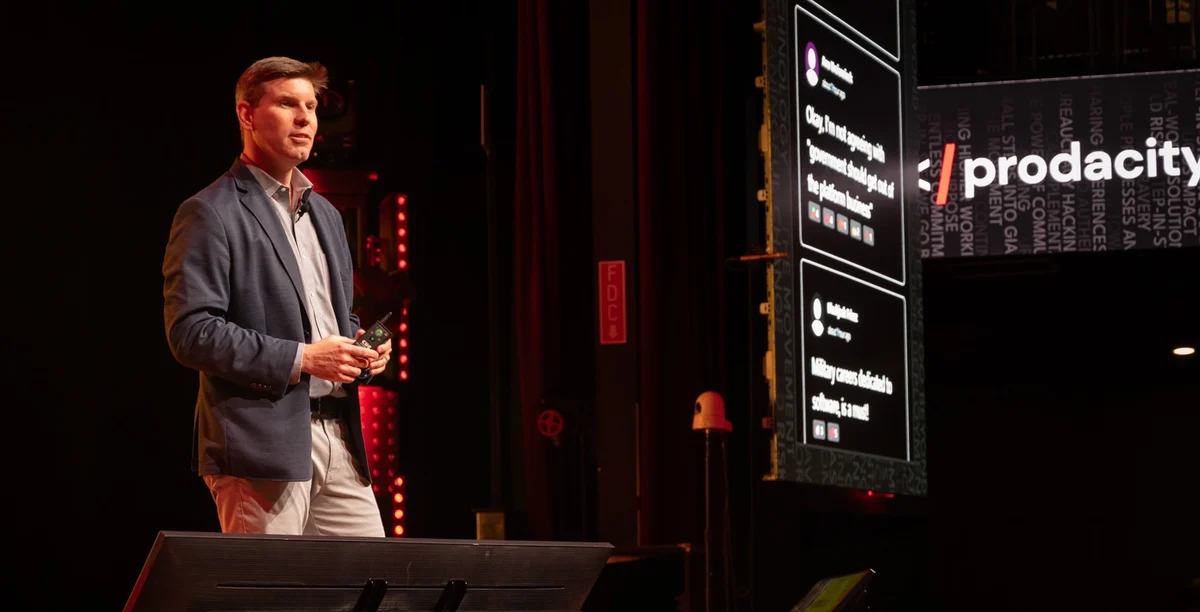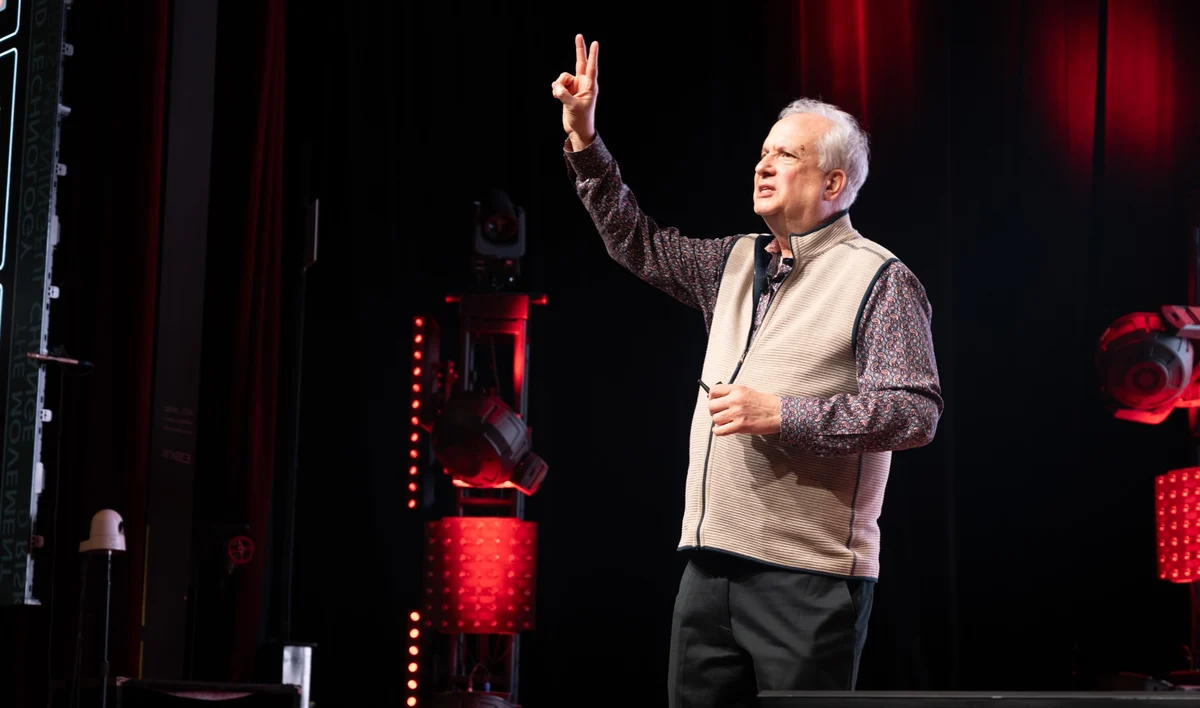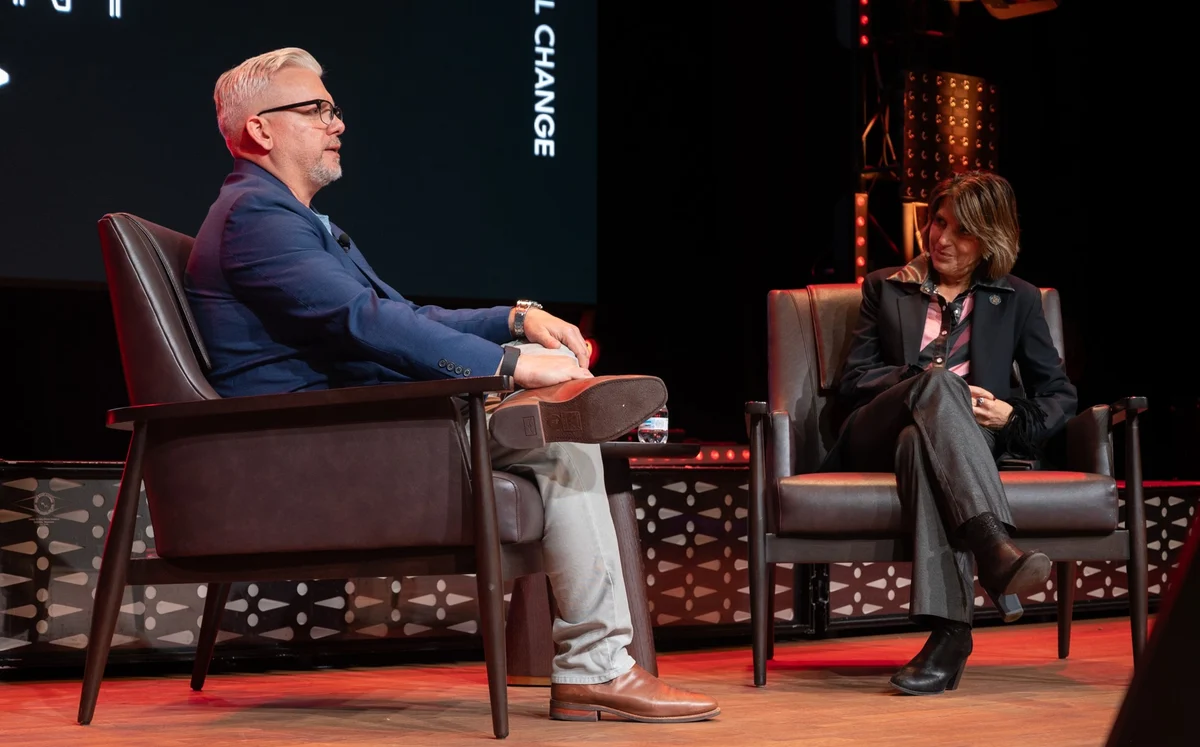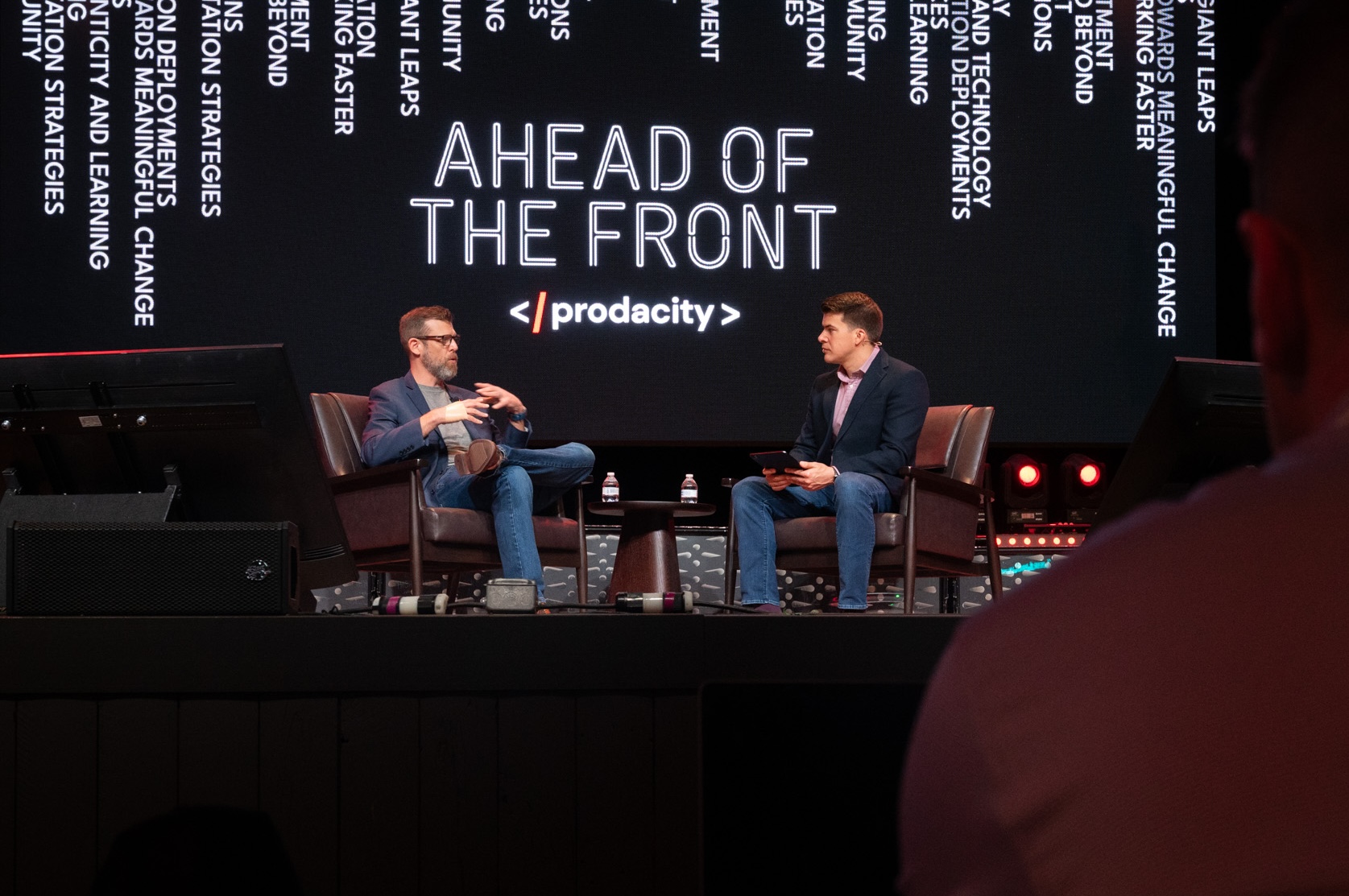How clarity, trust, and bold experiments win missions under pressure.
When the stakes are high, certainty becomes a luxury. In the “Mission Command” session block, four seasoned leaders—John Lowry, Ed Hoffman, Maj. Gen. Kim Crider (Ret.), and Col. Scott Brodeur (Ret.) —each approached this reality from a unique perspective. But a common thread emerged: navigating uncertainty demands clarity, trust, and bold experimentation. Together, their insights make a compelling case for transforming how federal teams operate when stakes are highest.
.webp)
1. Lead with Ambition and Empathy
“We’ll never get what we don’t ask for.” – John Lowry
John Lowry reframed negotiation as a core leadership function, especially for technologists and federal change agents. Through humor and hard truth, he made it clear: negotiation is not a soft skill—it’s a mission skill. Federal leaders spend most of their time navigating agreements, resolving tensions, and aligning diverse stakeholders. Yet few have ever been formally trained to do it well.
Lowry’s formula for success?
Ambition + Empathy = Better Deals, Better Outcomes
- Ambition: Be bold in what you ask for. Start high. Aim higher.
- Empathy: Understand what the other side values and then co-create the path to yes.
His takeaway for government technologists was crystal clear: if you want to drive change, you need to communicate like a negotiator, not just a subject matter expert. That means more listening, more curiosity, and a whole lot more courage.

2. The Smart Mission Runs on Knowledge and Relationships
“The most successful missions I’ve seen have two things: working knowledge and real trust.” – Ed Hoffman
Dr. Ed Hoffman, former NASA Chief Knowledge Officer, didn’t bring frameworks. He brought stories. From fingerprinting offices to space shuttle tragedies, he illustrated how purpose, learning, and human connection drive performance under pressure.
His concept of a Smart Mission includes:
- A clear and motivating mission purpose
- The right knowledge, sourced from inside and outside the organization
- Strong relationships, built on psychological safety and collaboration
- A culture of radical transparency and continuous learning
He pointed to NASA’s rapid development of COVID ventilator prototypes in 2020. The magic wasn’t in the tools; it was in the team’s culture. They were:
- Comfortable admitting ignorance until they weren’t
- Kind and forceful, willing to challenge, but not alienate
- Committed to radical transparency over perfect polish
The lesson for government teams: innovation under duress isn’t about bravado. It’s about deliberate collaboration and deep respect for the humans in the loop.

3. Command Is Shared, Not Centralized
“In crisis, no one person can hold the whole picture. That’s why we empower commanders and coders alike.” – Scott Brodeur
In a fireside chat moderated by Kim Crider, Scott Brodeur broke down how the Department of Defense is embracing distributed experimentation through the Global Information Dominance Experiments (GIDE). These exercises stress-test Joint Force command and control in dynamic, uncertain environments.
The key principle? Mission command must extend beyond rank to include those closest to the problem.
Brodeur emphasized:
- Experimentation is not chaos—it’s structured discovery.
- Trust is non-negotiable: leaders must empower teams to act without constant oversight.
- Clear communication and shared outcomes are the only way to scale experimentation across echelons.
He also warned against treating experimentation as a side project. Instead, it should be embedded in day-to-day operational rhythm, with tight feedback loops and high accountability.

4. Collaboration Isn’t Accidental. It Has to Be Designed.
“If you don’t design collaboration in at every level, it won’t scale—no matter how good your tech is.” – Kim Crider
Kim Crider reminded the audience that speed and agility don’t just come from tech, they come from systems designed to foster real-time collaboration. In her conversation with Scott Brodeur, she warned that without deliberate design, even well-intentioned teams fall back into silos.
Her call to action:
- Build collaboration into organizational structures, not just project teams.
- Align communication models across operators, acquirers, and technologists.
- Treat feedback loops as architecture, not afterthoughts.
For mission command to work, every level must understand the outcome and feel empowered to act toward it—together.
TL;DR: What “Mission Command” Looks Like in Action
Whether you’re launching code or commanding satellites, mission success in dynamic environments depends on more than hierarchy. It requires a shift from the legacy approach to a mission command mindset:
It requires a shift from the legacy approach → a mission command mindset:
Centralized decisions → Distributed empowerment
Risk aversion → Structured experimentation
Technical authority only → Negotiation as a core competency
Silence under pressure → Psychological safety and clear intent
Plans built in isolation → Radical transparency and fast feedback loops
This piece is part of the Prodacity 2025 Blog Series, capturing the bold ideas and hard-earned lessons from leaders at the edge of government transformation. This post reflects the session block “Mission Command: Experimentation When Outcomes Are Critical,” with insights from John Lowry, Ed Hoffman, Scott Brodeur, and Kim Crider.

.jpg)
.jpg)

